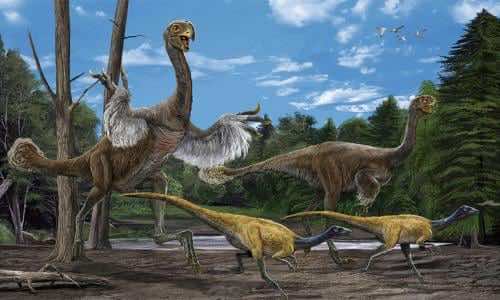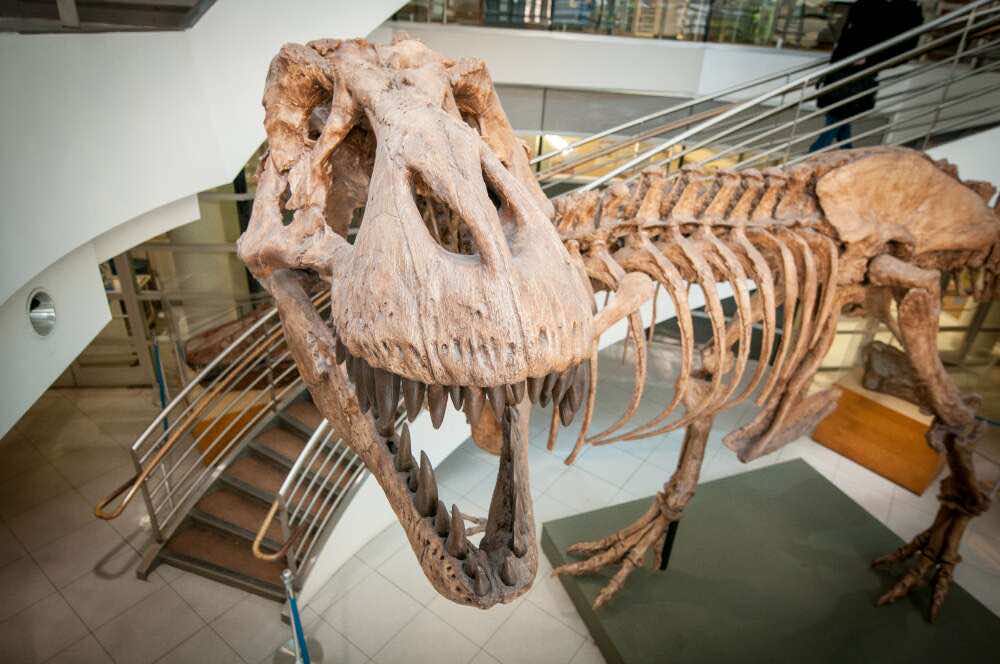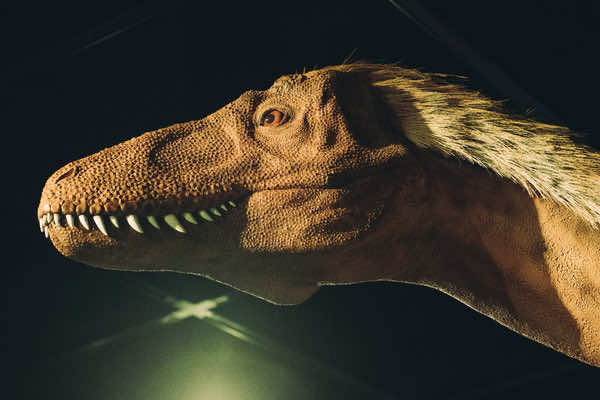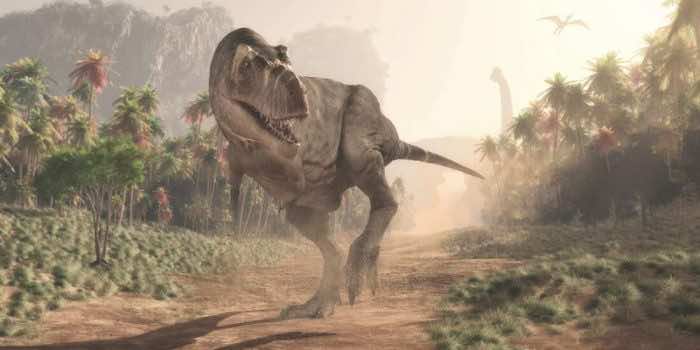Shedding light on the fossil records enables us to learn more about the emergence and extinction of different species on the face of the earth. These timelines are marked by mass extinction events like explosions of biodiversity. However, knowing the total count of a species that ever came to existence always seemed more like a complicated challenge.
A study has been published in the Journal of science recently, which sheds light on the total count of the most famously known dinosaur: Tyrannosaurus rex. The total count of the T-rex was found to be around 2.5 billion that walked the earth’s surface. Most interestingly, the researchers could reach this number without going deep down into the fossil fuel records.
Researchers deployed Damuth’s law for the counting purpose, as it is also used to count the living and existing species, so it could be used for the species that have gone extinct. The law terms that average population density can be measured based on body size, with bigger animals having smaller populations and vice-versa. An example could be a colony of ants outnumbering a herd of elephants.

T-rex were the biggest carnivorous theropods that science knows of. Getting the paleontological data in play with Damuth’s law, the researchers found that at any given time in history, the maximum population of the T-rex rose to 20,000, and they stayed for 127,000 generations which makes the count of all T-rex walk on earth to 2.5 billion.

“It’s difficult to establish a population density from this information alone, as it’s not simply a matter of space and numbers. The pursuit of food grouped in flocks and herds may have made their distribution more “clumpy,” explained study author Charles Marshall in an email to IFLScience.
“The density drops with body mass – bigger animals are rarer, and there are no terrestrial carnivores today the size of T. rex,” continued Marshall. “The biggest living carnivore is the polar bear – now food is scarce up there in the Arctic, so it turns out that its population density is only about 2 x our best T. rex estimate. Tigers are about 6 times denser, lions about 14 times denser.”
Damuth’s approach to settling on the total population count of extinct species has big potential. The researchers of the study believe that this approach could be used to count the number of any other species that no longer exists. The answer on the total count also accounts for variables like if the animal ate the meat or vegetables or whether it was cold or warm. The information is then integrated with data on the species’ geographical range and how long it walked the earth’s surface.

The team behind the study looks forward to enhancing the horizons of their research to other species of dinosaurs that co-existed with T-rex. The results on total population will further lead to study as to why many species to once walk on earth were too rare to make their way into the accessible fossil record.


